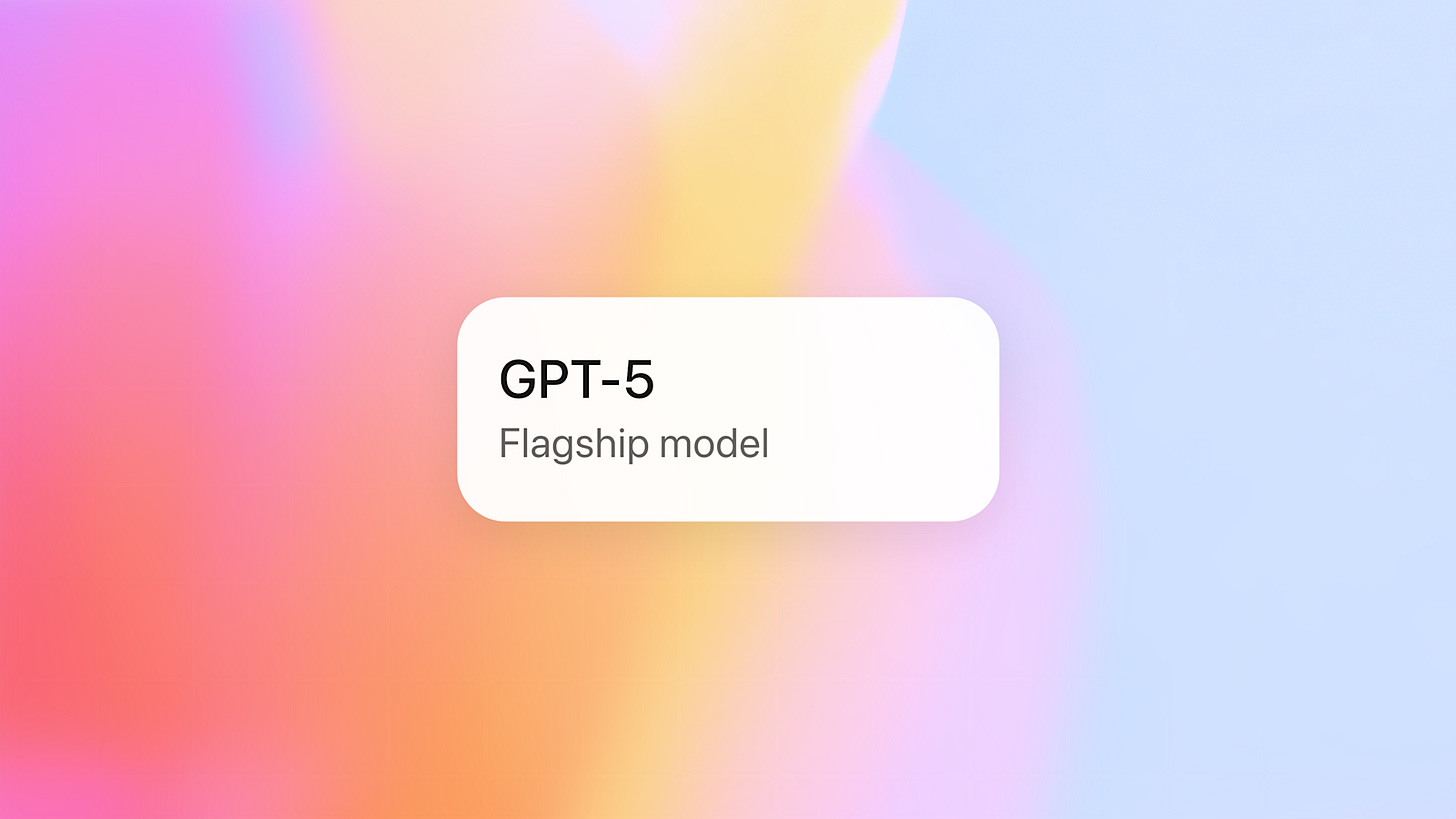OpenAI Launches GPT-5
A Quantum Leap in AI Capabilities and Real-World Applications
OpenAI has officially launched GPT-5, its most sophisticated artificial intelligence model to date, marking a significant advancement in the field of AI. This new system represents a substantial improvement over its predecessors, offering enhanced capabilities across a wide range of domains including coding, mathematics, creative writing, health, and visual perception.
At the core of GPT-5 is a unified system that combines two distinct models: a smart, efficient model for quick responses to straightforward queries, and a deeper reasoning model (GPT-5 thinking) designed to tackle more complex problems. A real-time router determines which model to utilize based on the conversation type, complexity, tool requirements, and explicit user intent. This innovative approach allows GPT-5 to provide expert-level responses tailored to each specific query.
One of the most notable improvements in GPT-5 is its enhanced accuracy and reduced tendency for hallucinations. OpenAI reports that with web search enabled, GPT-5's responses are approximately 45% less likely to contain factual errors compared to GPT-4o. When utilizing its thinking capabilities, GPT-5's error rate drops even further, with responses being around 80% less likely to contain factual errors than OpenAI's previous model, o3.
In the realm of coding, GPT-5 showcases remarkable advancements. It demonstrates superior skills in complex front-end development and the ability to debug larger repositories. The model can often create visually appealing and responsive websites, applications, and games with minimal prompting, showcasing an intuitive understanding of design principles such as spacing, typography, and white space.
For creative writing, GPT-5 offers enhanced capabilities in crafting compelling content with literary depth and rhythm. It shows particular strength in handling structurally ambiguous writing styles, such as unrhymed iambic pentameter or natural-sounding free verse. This makes it an even more powerful tool for various writing tasks, from drafting reports and emails to crafting more complex literary pieces.
In the health domain, GPT-5 outperforms previous models on HealthBench, an evaluation based on realistic scenarios and physician-defined criteria. The model acts as an active thought partner, proactively flagging potential concerns and adapting responses to the user's context, knowledge level, and geographic location. This allows for more precise and reliable responses across a wide range of health-related scenarios.
GPT-5 also demonstrates significant improvements in instruction following and agentic tool use. This enhanced capability allows the model to reliably carry out multi-step requests, coordinate across different tools, and adapt to changes in context. In practice, this means GPT-5 is better equipped to handle complex, evolving tasks and can follow user instructions more faithfully.
Another area where GPT-5 excels is in multimodal understanding. The model shows improved performance across a range of multimodal benchmarks, including visual, video-based, spatial, and scientific reasoning. This enhanced capability allows ChatGPT to reason more accurately over images and other non-text inputs, whether interpreting charts, summarizing photos of presentations, or answering questions about diagrams.
OpenAI has made GPT-5 available to all users, with tiered access based on subscription levels. Standard users have access to the base model, while Plus subscribers receive increased usage. Pro subscribers gain access to GPT-5 pro, a version with extended reasoning capabilities for even more comprehensive and accurate answers.
It's important to note that while GPT-5 represents a significant leap forward in AI technology, OpenAI emphasizes that it does not replace human expertise, particularly in fields like healthcare. Instead, it should be viewed as a powerful tool to augment human knowledge and decision-making.
The release of GPT-5 marks a substantial milestone in the development of AI technology. By bringing expert-level intelligence to a wider audience across various fields of knowledge and application, GPT-5 has the potential to revolutionize how we interact with and utilize artificial intelligence in our daily lives and professional endeavors.



